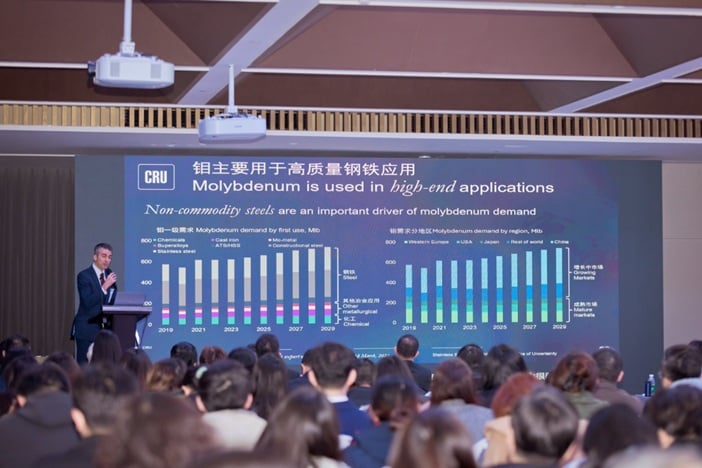Container freight rates have dropped past the peak season but remain at multi-year highs amid ongoing disruptions in the Red Sea.
Container freight rates are softening but remain elevated
The Red Sea disruptions that began a year ago with the unprecedented intensity of attacks on commercial ships by the Houthi rebels in Yemen have continued to impact seaborne trade. At least one vessel transiting through the Red Sea has been the target of an attack every week since the disruptions started (see chart below, left-hand side). Ship transits through these ports have stabilised at an average of just 25 crossings per day, more than 65% below their level a year ago, as ships divert to a longer route via the Cape of Good Hope in South Africa (see chart below, right-hand side).
Longer sailing routes – as well as port congestion in China from strong export volumes - mean that vessel market balances, particularly in the container segment, remain tight and very sensitive to shifts in demand. Container freight rates soared from May onwards, reaching multi-year highs in August (see chart below, left-hand side).
Although container rates have since fallen 36% from their peak, as seasonal demand slows, the Global Container Freight Index (FBX) remains more than twice the levels observed a year ago. The rise in the Baltic Dry Index (BDI), which tracks bulker carrier rates, has been more limited after soaring between December and January but remains above its 2023 levels, led by the Capesize (see chart below, left-hand side).
In addition to seasonal demand, modest improvements in world trade have also pushed container trade rates up. Although merchandise export volumes continue lagging the world economy, they have increased by 1.5% y/y in the first half of the year, following a prolonged period of subdued growth for most of 2023 (see chart below, right-hand side).
Escalating US-China trade tensions have been partly behind strong merchandise trade as customers bring orders forward to avoid tariffs. Looking ahead, softer demand should weigh down on container freight rates, but the ongoing conflict in the Red Sea will limit their decline.
On a positive note, the restrictions imposed last year by the Panama Canal Authority to limit ship transits following a record drought have been lifted over the summer. The number of vessels crossing the Panama Canal rose to almost 30 per day in September (see first chart, left-hand side), back to October 2023 levels, and we expect the recovery to continue next year.
Weather conditions at the Panama Canal have improved since the rainy season began last spring, resulting in higher water levels and allowing more vessels to cross it. Tankers – which account for most ship transits – are leading the recovery, followed by bulk carriers. As ship crossings in the Canal begin to normalize, upward pressures on freight rates should ease, particularly in the dry bulk market segment.

















